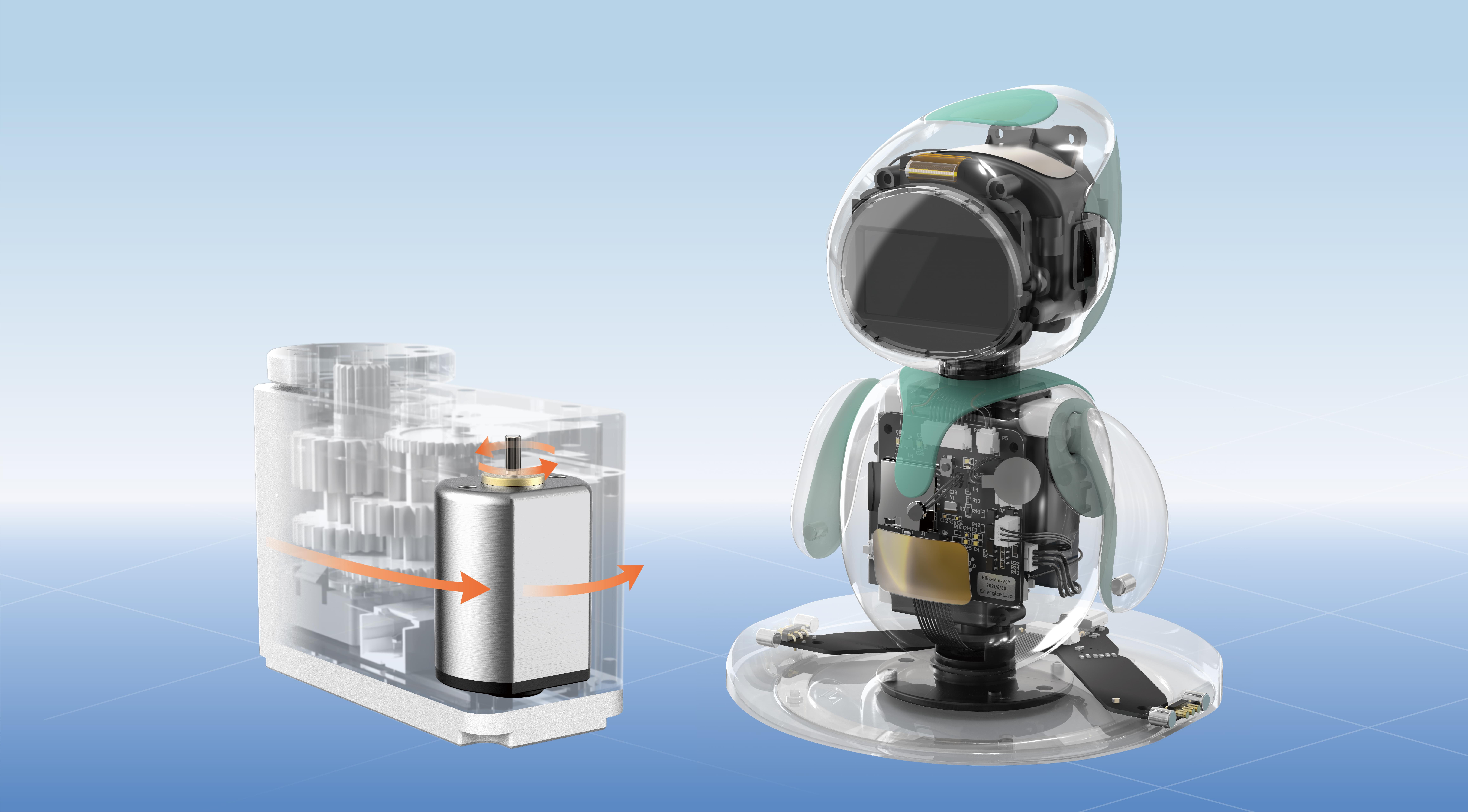Switching from monolithic to microservices architecture on AWS isn't just a buzzword—it's a game-changer. Think about it: your entire application built as one massive block. When that block starts cracking or becomes sluggish, how do you fix it? Suddenly, every little bug or update becomes a giant headache. That’s when microservices come in, slicing the big beast into smaller, manageable chunks. And AWS? It’s the perfect playground for this transformation, providing the scalability, flexibility, and resilience needed for a smooth ride.

Imagine this, you’re running a large e-commerce platform. The checkout process is tied tightly with inventory management, user profiles, payment processing, and recommendations. Under the monolithic model, if one part falters, the whole system feels the pain. Moving to microservices on AWS means each function lives independently. When traffic spikes during a holiday sale, auto-scaling can kick in without breaking a sweat. Deployments become faster, downtime is minimized, and keeping everything up and running feels like having an army of virtual helpers.
But here’s the catch—migrating isn’t just a flip of a switch. You’ll need a strategy, clear goals, and an understanding of AWS’s tools—like ECS, EKS, Lambdas, and RDS—to orchestrate the new setup. The key? Breaking down the monolith gradually. Tackle one component at a time, validate performance, and ensure data integrity. It’s about reducing risks while reaping benefits.
What kind of benefits are we talking about? Faster time to market, better fault isolation, and the ability to innovate swiftly. Plus, cost savings! AWS’s pay-as-you-go model means you’re not pouring money into unused resources. And with tools like CloudWatch, monitoring becomes a breeze—spotting bottlenecks and bugs before they blow up.
Is it worth it? If your application’s growth feels constrained, or if deploying small updates sometimes turns into a rabbit hole, then yes, absolutely. Microservices let your team work independently on different features, reducing bottlenecks and speeding up development cycles. Plus, embracing this architecture means you’re future-proofing. Today’s microservices could be tomorrow’s AI integration or IoT support.
The transition can be complex—no denying that. But with the right approach, AWS’s comprehensive ecosystem, and a clear migration plan, it’s manageable. Companies that have made this leap often say they feel more agile, more resilient, and ready for whatever surprises come next.
So, why sit on the fence? Transitioning from monolithic to microservices on AWS isn’t just an upgrade; it’s a strategic move to keep pace in a rapidly changing digital world. And with a thoughtful approach, your application will not only survive but thrive—faster, leaner, and more adaptable than ever.
Established in 2005, Kpower has been dedicated to a professional compact motion unit manufacturer, headquartered in Dongguan, Guangdong Province, China. Leveraging innovations in modular drive technology, Kpower integrates high-performance motors, precision reducers, and multi-protocol control systems to provide efficient and customized smart drive system solutions. Kpower has delivered professional drive system solutions to over 500 enterprise clients globally with products covering various fields such as Smart Home Systems, Automatic Electronics, Robotics, Precision Agriculture, Drones, and Industrial Automation.




































